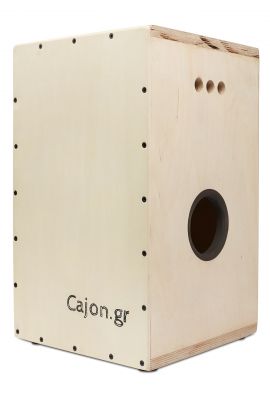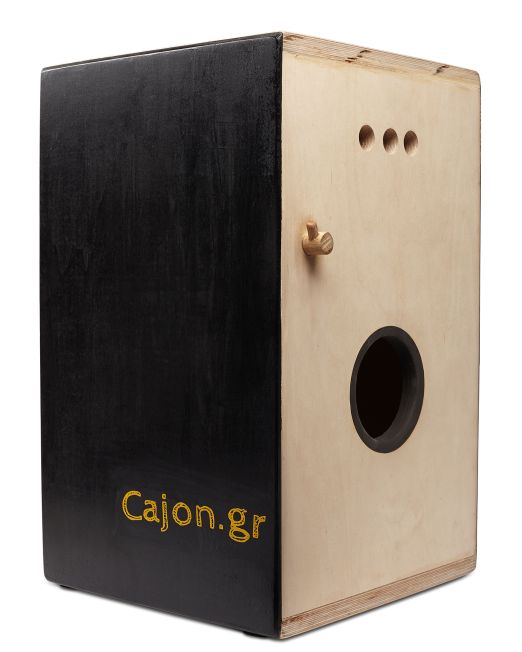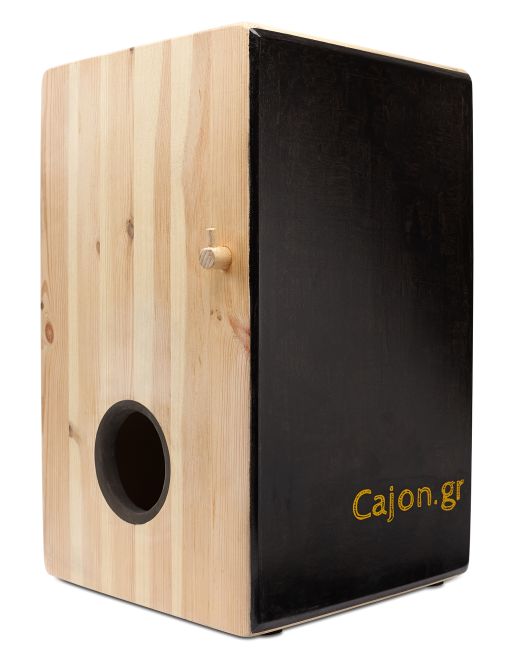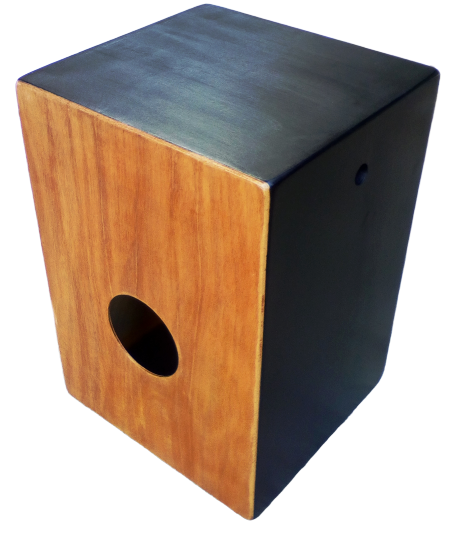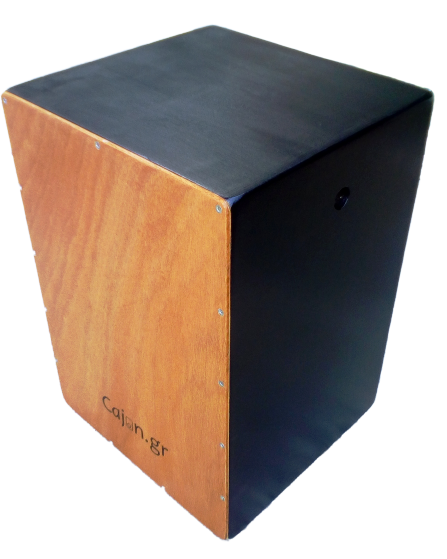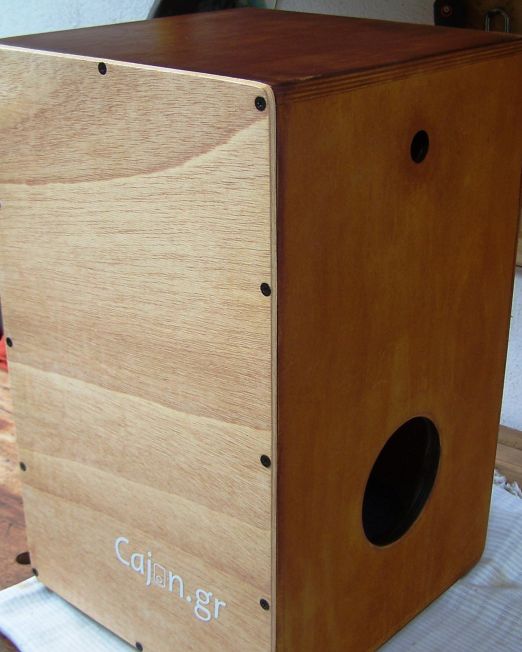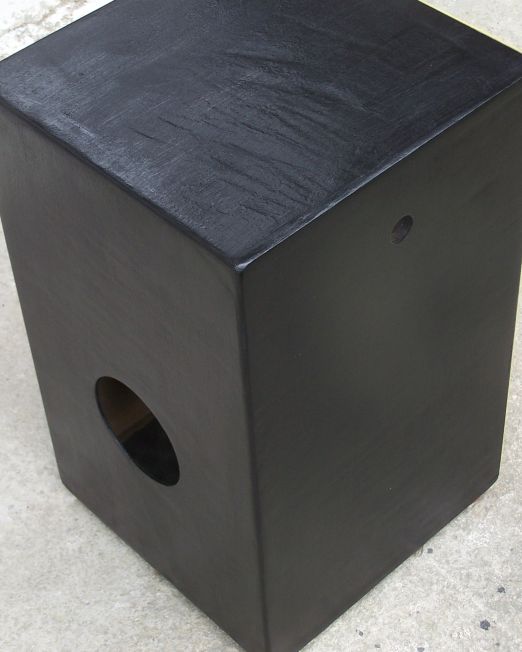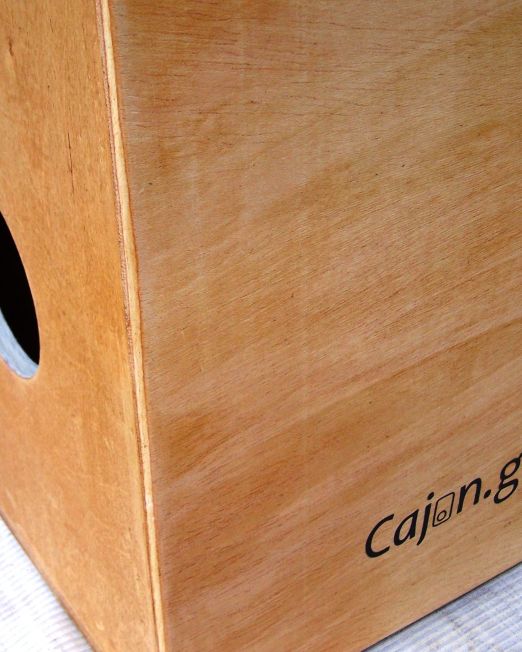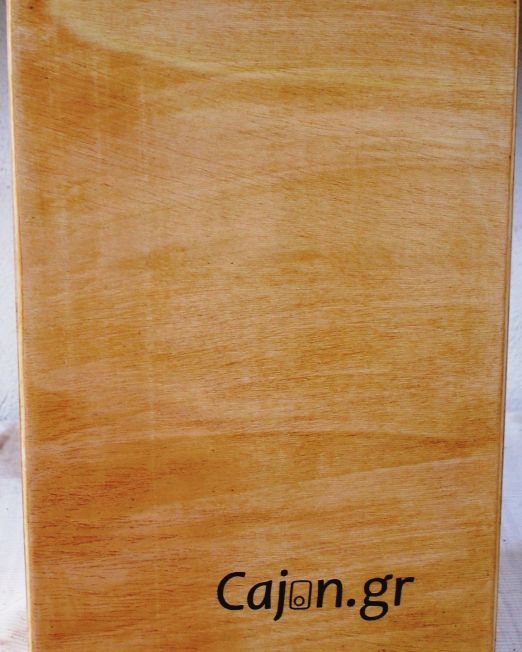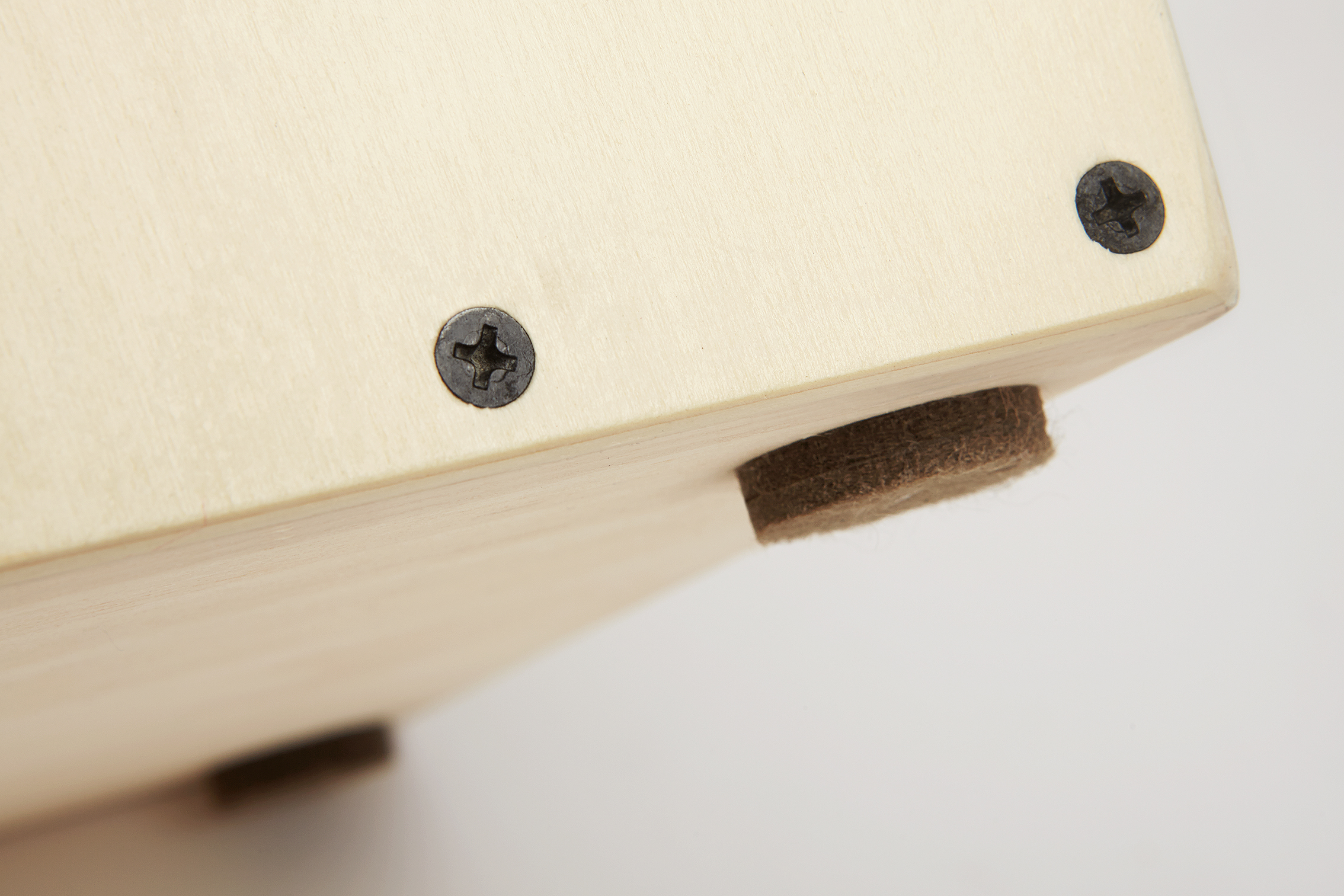
SOME HISTORY…
The Cajon has African origins as it was used as a percussion instrument (among other uses) by settlers and slaves from West and Central Africa who were in Latin America and especially Peru in the early 19th century.
In 2001 the Cajon was declared a “national heritage” by the Peruvian National Institute of Culture.
Around 1900 it took a relatively final form after experimentation with sound performance. A major role in its dissemination was played by the guitar virtuoso Paco de Lucia who, after 1970, adapted it as a guitar accompaniment and introduced it mainly to flamenco, taking advantage of all the earthy sounds that the Cajon can and does produce as an accompaniment to dance improvisations and music.
Handmade Cajon
Constructions – Repairs
*Wholesale
The Cajon is an idiophone percussion musical instrument that can respond to all venues, in all orchestras small or large. Performs excellently in small or large closed and open spaces without being easily affected by weather conditions
Its uniqueness is that it is coordinated with the musician’s body and thus its sound always has the particularity of the player but also projects his soul in a unique and harmonious way.
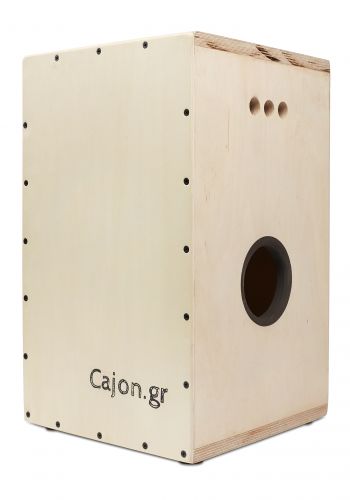
Handmade Cajon
Constructions – Repairs
*Wholesale
The Cajon is an idiophone percussion musical instrument that can respond to all venues, in all orchestras small or large. Performs excellently in small or large closed and open spaces without being easily affected by weather conditions
Its uniqueness is that it is coordinated with the musician’s body and thus its sound always has the particularity of the player but also projects his soul in a unique and harmonious way.

SOME HISTORY…
The Cajon has African origins as it was used as a percussion instrument (among other uses) by slaves from West and Central Africa who were in Latin America and especially Peru in the early 19th century.
In 2001 the Cajon was declared a “national heritage” by the Peruvian National Institute of Culture.
Around 1900 it took a relatively final form after experimentation with sound performance. A major role in its dissemination was played by the guitar virtuoso Paco de Lucia who, after 1970, adapted it as a guitar accompaniment and introduced it mainly to flamenco, taking advantage of all the earthy sounds that the Cajon can and does produce as an accompaniment to dance improvisations and music.
